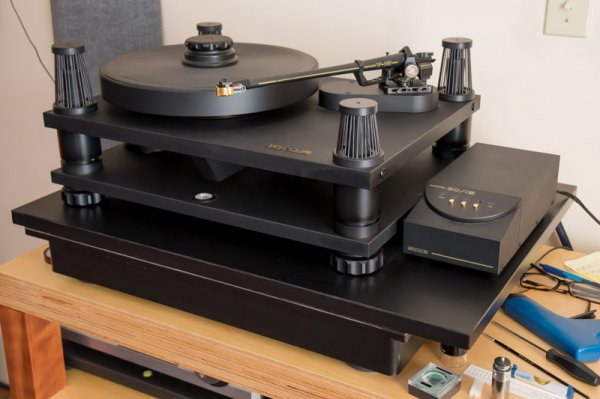I have read through most of the WBF threads about isolation platforms. There is now a fairly active discussion about the Herzan active platform. Rather than take that thread off topic, I would like to start another thread specifically about the differences between active and passive isolation platforms and their effectiveness under turntables. One observation has been that many of these platforms were designed specifically for scientific instruments likes microscopes and not designed for audio devices which may have internally generated vibrations created by movement within the component. I have read claims that active devices can attenuate such component generated vibrations, but I have not read an explanation about how this is achieved.
Could users and designers experienced with both active and passive devices discuss the different approaches to isolation and how or why one approach may be more effective than another when used under audio components? I am particularly interested in the potentially different requirements needed to isolate turntables and those that generate internal vibrations and how they may be different for suspended and non suspended turntables.
Could users and designers experienced with both active and passive devices discuss the different approaches to isolation and how or why one approach may be more effective than another when used under audio components? I am particularly interested in the potentially different requirements needed to isolate turntables and those that generate internal vibrations and how they may be different for suspended and non suspended turntables.



